Once upon a time, industrial discharges and municipal sewage treatment plants were the biggest sources of pollution for the Chesapeake Bay and its tributaries. But these “point source” polluters have significantly cleaned up their act, and further gains could cost tens of millions of dollars per facility. Whom do we target now to improve water quality in Virginia?
Cows.
There really is no way of putting this delicately. Cattle poop a lot. And when they’re standing around, chewing their cuds and doing whatever cows do, they unload fecal bacteria and nitrogen into creeks and streams.
According to U.S. Department of Agriculture statistics, Virginia was home to 1,540,000 cattle and calves in 2011. Consider this: In rough numbers, cows average 1,200 pounds each. That translates into approximately 1.8 billion pounds of bovine flesh. Compare that to the human population of just over 8 million. The average weight of adult humans in the U.S. is about 180 pounds, amounting to about 1.4 billion pounds of human body mass.
Assuming that cattle and humans produce roughly the same volume of waste products per pound on a daily basis (which, given the difference in our diets is probably not accurate, but humor me while I play this out), Virginia cattle produce roughly 30% more total waste than Virginia humans do. But there is not one single waste water treatment facility dedicated to cleaning up cow poop! WE HAVE HUNDREDS OF THOUSANDS OF CATTLE DEFECATING DIRECTLY INTO CREEKS AND STREAMS, AND WHAT ARE WE DOING ABOUT IT?
Well, the McDonnell administration is doing something about it. Under a Virginia Enhanced Conservation Initiative, the Department of Conservation and Recreation will reimburse farmers 100% of the cost to install systems — fences, watering troughs, vegetative buffers, wells and pumps — that keep livestock away from waterways.
In the past, Virginia paid farmers 75% of the cost of installing “stream-exclusion systems.” Apparently, that didn’t do the trick, even though, as Governor Bob McDonnell said in in a recent press release, “Studies have also shown that keeping livestock out of streams leads to healthier herds and fewer veterinary bills.” (Think about it … cows pooping and peeing in their own drinking water — that can’t be good.) So, the state has bumped up the reimbursement to 100%.
“Virginia farmers now have a new avenue to increase profitability and conservation on their lands,” McDonnell said. “By focusing on the practice of streamside livestock exclusion, we are helping producers protect their financial interest and do their part to protect Virginia’s precious waters.”
The program is funded to the tune of $3 million per year. I’m not sure how many fences, troughs and vegetative buffers that will pay for, but I’m guessing that it will keep only a small fraction of Virginia’s cattle from befouling our streams. We’ll have to maintain this program for a long, long time before all of our waterways are manure-free. On the other hand, the program could keep a lot more poop out of the water than if the same sum were spent on incremental improvements to municipal waster-water and storm-water-overflow systems.
As with all investments of state funds, however, I would like to see a comparative Return on Investment analysis. Perhaps there are private-sector alternatives tor dealing with cow poop. There are serious proposals afoot to convert manure into methane. There may be sufficiently large cattle herds in Rockingham and Augusta counties to justify such an initiative.
Now, if we could figure out how to deal with cow flatulence, a major source of greenhouse gas emissions, we’d really have the cow menace under control.



 By Peter Galuszka
By Peter Galuszka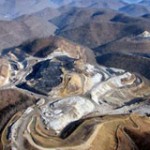 By Peter Galuszka
By Peter Galuszka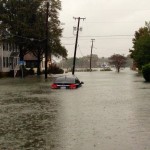 By Peter Galuszka
By Peter Galuszka By Peter Galuszka
By Peter Galuszka

 By Peter Galuszka
By Peter Galuszka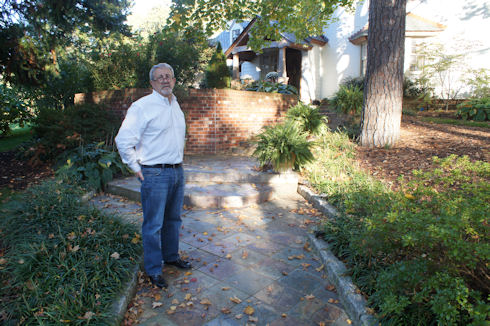

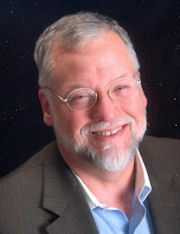

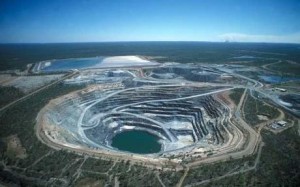 By Peter Galuszka
By Peter Galuszka Estimado Jefe!
Estimado Jefe!

